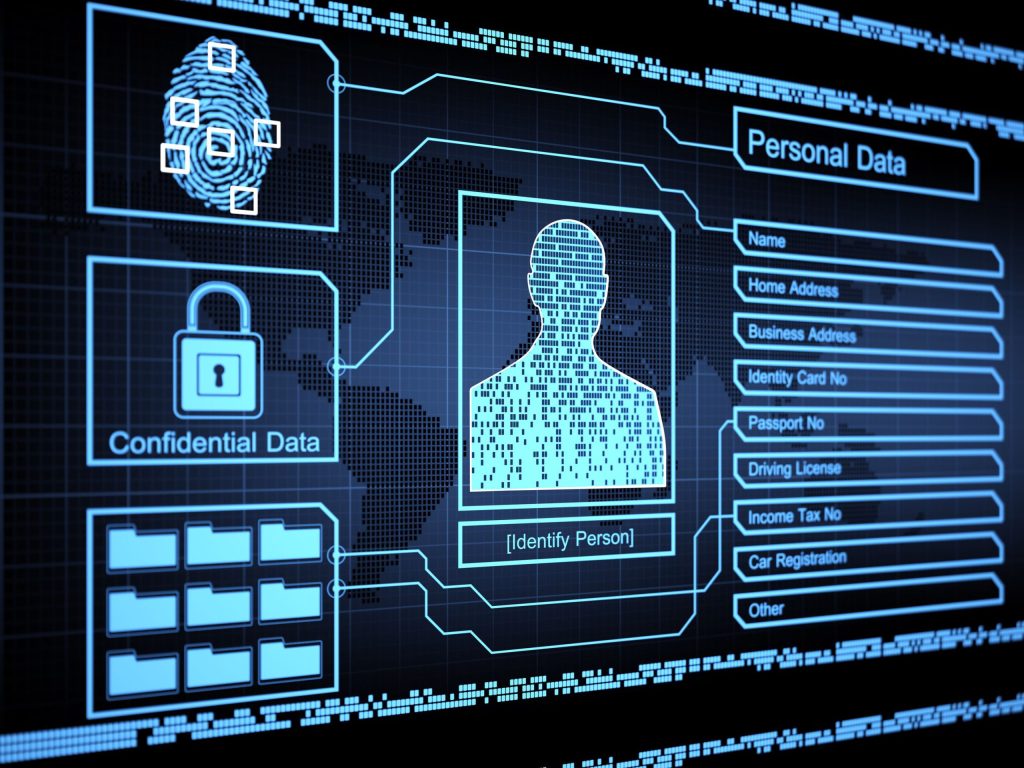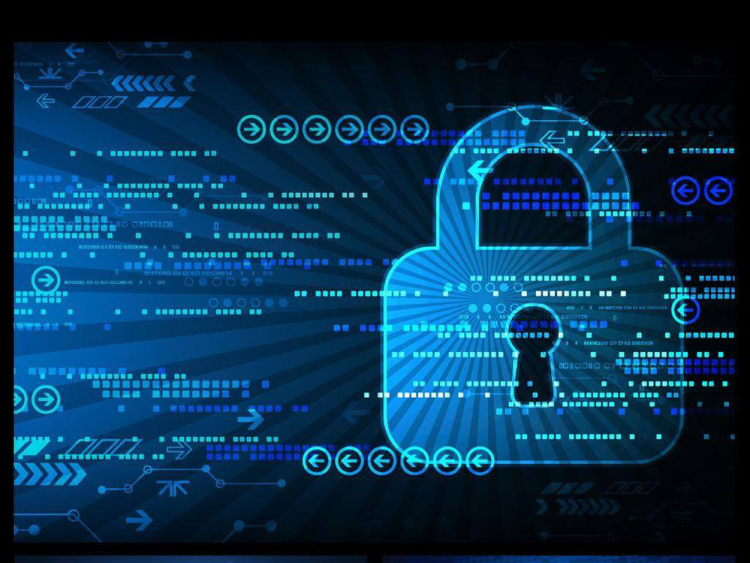The rapid advancement of blockchain technology has brought about a paradigm shift in many industries, from finance and healthcare to governance and supply chains. A key characteristic of blockchain is its immutable, transparent, and decentralized nature, which offers several advantages, such as increased security, transparency, and trust. However, this very nature also creates challenges, particularly in data privacy and data sovereignty.
As countries around the world enact increasingly strict data privacy regulations, such as the General Data Protection Regulation (GDPR) in the EU and China’s Personal Information Protection Law (PIPL), blockchain’s transparency and immutability—which are its greatest strengths—can conflict with privacy protection laws that require data deletion, anonymity, and control over personal information.
In this article, we will explore how blockchain technology can balance privacy protection and data sovereignty in the context of evolving global regulations. We will examine the challenges that blockchain faces in meeting these regulatory demands and the innovative solutions emerging to bridge the gap between decentralization and privacy compliance.
1. Understanding the Privacy and Sovereignty Challenges in Blockchain
At the core of the challenge is the tension between blockchain’s transparency and the data privacy and sovereignty requirements imposed by modern data protection laws.
A. Blockchain’s Transparency and Immutability
Blockchain operates on a decentralized network where every transaction is recorded on an open, immutable ledger. Once data is written to the blockchain, it cannot be easily modified or deleted, which raises several concerns when it comes to personal data:
- Right to be Forgotten: Regulations like the GDPR grant individuals the “right to be forgotten,” meaning they can request the deletion of personal data from databases. However, blockchain’s immutable nature means that data cannot be erased or altered, conflicting with this requirement.
- Data Visibility: While blockchain provides transparency, this can be at odds with data privacy laws that mandate data to be stored and shared in a manner that ensures confidentiality and limited access.
B. Data Sovereignty
Many countries are enacting data sovereignty laws that require data to be stored within their borders or to be subject to local jurisdictional oversight. These laws are especially relevant in countries like Russia, China, and India, where personal data must be stored and processed within the country.
- Decentralized Nature of Blockchain: Blockchain’s decentralized architecture means that data is typically distributed across multiple jurisdictions (as nodes on the network may be located in various countries). This can create compliance challenges when data is spread across borders, particularly when nations have strict rules about where and how data can be stored and accessed.
2. How Blockchain Can Meet Data Privacy Regulations
Despite these challenges, blockchain technology has evolved, and several innovative solutions are being developed to meet data privacy regulations while preserving its core features—decentralization, security, and transparency.
A. Zero-Knowledge Proofs (ZKPs) and Privacy
One of the most promising cryptographic techniques to address privacy concerns in blockchain applications is Zero-Knowledge Proofs (ZKPs).
- ZKPs enable one party to prove to another that a statement is true without revealing any additional information. In the context of blockchain, ZKPs can ensure privacy while maintaining transparency. For instance, ZKPs can allow users to prove their identity or certain attributes (such as age or creditworthiness) without revealing sensitive personal information.
- ZK-SNARKs (Zero-Knowledge Succinct Non-Interactive Arguments of Knowledge) are used in privacy-focused blockchains like Zcash, where users can transact privately, ensuring that transaction details such as amounts and addresses are shielded from the public eye, but the validity of the transactions is still verifiable.
By using ZKPs, blockchain networks can uphold privacy protection while ensuring that compliance with transparency regulations (like auditability) is not compromised. ZKPs are particularly useful in sectors where both privacy and regulatory compliance are essential, such as financial services and healthcare.
B. Permissioned Blockchains for Controlled Access
Another approach to balancing privacy and data sovereignty in blockchain is the use of permissioned blockchains. Unlike public blockchains, where any user can join and participate, permissioned blockchains limit access to only authorized participants.
- Controlled Access and Compliance: By utilizing permissioned blockchains, businesses can ensure that only specific parties have access to sensitive information, enabling better data governance and compliance with laws like the GDPR, which requires organizations to restrict access to personal data.
- Data Residency: Permissioned blockchains allow for more centralized control over where data is stored. This can help companies comply with data sovereignty laws that require data to reside in specific geographical regions. For instance, a company operating in the EU can create a permissioned blockchain network where all data is stored within the EU’s jurisdiction and subject to EU data protection laws.
- Enterprise Adoption: Permissioned blockchains are increasingly being adopted by enterprises for supply chain management, enterprise resource planning (ERP), and other applications where compliance with industry standards and data sovereignty laws is crucial.
C. Off-Chain Storage Solutions
Storing sensitive data off-chain can help address some of the challenges posed by blockchain’s immutability. While blockchain is ideal for ensuring the integrity and transparency of transactional data, storing sensitive or personal data directly on the blockchain may not be advisable due to privacy concerns.
- Off-Chain Storage: In this approach, sensitive data (e.g., health records, identity information) is stored off-chain, with only a hash or reference to that data stored on the blockchain. This ensures that the blockchain retains its integrity without storing personally identifiable information (PII).
- Hybrid Storage Models: Some blockchain applications use a hybrid approach where non-sensitive data is stored on-chain, while sensitive data is stored off-chain in secure databases or other encrypted storage solutions. Smart contracts can then be used to link the two data sets while ensuring that personal data is handled securely and in compliance with privacy laws.
This model ensures that data privacy is preserved while still maintaining the advantages of blockchain for transaction validation and auditing purposes.
D. Data Encryption and Anonymization
Another approach to ensuring data privacy while using blockchain is data encryption and anonymization.
- Encryption: Blockchain applications can use strong encryption algorithms to ensure that data stored on the blockchain is protected. This is particularly important when sensitive data, such as financial transactions or medical records, are involved. Encryption ensures that only authorized users with the correct decryption keys can access or view sensitive information.
- Anonymization: Anonymizing data—by removing personally identifiable information—can make it more difficult to trace transactions back to specific individuals. This method is particularly useful when transactions need to be transparent but cannot disclose personal data.
By implementing these techniques, blockchain applications can align with data privacy regulations while still maintaining transparency and integrity.

3. Regulatory Solutions for Blockchain Privacy and Data Sovereignty
Given the growing complexity of data privacy laws worldwide, there is a need for global regulatory solutions that can govern blockchain applications in a way that respects both data sovereignty and privacy rights.
A. Global Harmonization of Data Privacy Regulations
While countries around the world are developing their own data privacy regulations (e.g., GDPR in the EU, PIPL in China, and CCPA in California), there is an increasing push for global harmonization of these regulations. This would help blockchain applications navigate regulatory compliance in a consistent manner across borders.
- International Standards for Blockchain: Organizations like the International Organization for Standardization (ISO) are already working on developing global standards for blockchain technology, including recommendations for privacy, security, and governance.
- Cross-Border Data Flow: There is a growing recognition that data must flow across borders for the global digital economy to thrive. Regulatory bodies may introduce frameworks that allow for the safe transfer of data across jurisdictions, with appropriate safeguards to ensure compliance with local privacy laws.
B. Smart Contracts and Regulatory Compliance
Smart contracts are integral to many blockchain applications, and they can also be used to enforce compliance with data privacy regulations automatically. For instance, smart contract logic could be programmed to automatically enforce data retention policies or ensure that only authorized users can access certain pieces of data.
- Automated Compliance: Smart contracts can act as a self-enforcing mechanism to ensure compliance with both data privacy and data sovereignty regulations. For example, a smart contract could restrict access to personal data based on geographic location or ensure that data is deleted after a certain period.
4. Conclusion: Navigating the Intersection of Blockchain and Data Privacy
The tension between decentralization and data privacy is one of the most significant challenges blockchain technology faces as it continues to evolve. As governments introduce increasingly stringent data privacy and sovereignty regulations, blockchain applications will need to adapt to ensure compliance without sacrificing the core principles of transparency, security, and decentralization.
Fortunately, several solutions are emerging, from zero-knowledge proofs and permissioned blockchains to hybrid storage models and encryption techniques. By leveraging these technologies,
blockchain developers can meet the requirements of privacy protection and data sovereignty while maintaining the trust, transparency, and security that makes blockchain so compelling.
Ultimately, the future of blockchain and data privacy lies in innovative collaboration between blockchain developers, regulatory bodies, and businesses, ensuring that privacy protection and decentralization are not mutually exclusive. As blockchain technology matures, it has the potential to reshape the landscape of data privacy, sovereignty, and compliance for the better.
















































